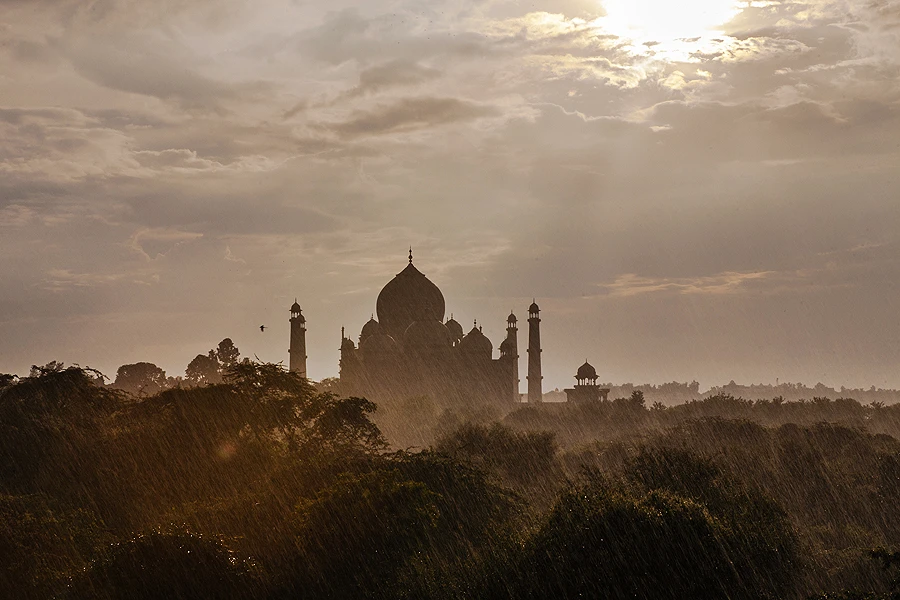
New Delhi, India, Nov 1, 2018 / 02:30 pm (CNA).- After Nepal banned thousands of pornographic websites last month, India has resurrected its internet pornography ban, blocking more than 800 major porn sites in an attempt curb the country’s spate of sexual violence.
“I think it’s important to understand that India is struggling with really intense problems of sexual violence and harassment in particularly against women,” said Dawn Hawkins, executive director of the non-profit National Center on Sexual Exploitation (NCOSE).
“India is trying to take steps to help curb sexual violence and that kind of male entitlement culture, and we applaud them,” she told CNA.
On Oct. 25, the Uttarakhand High Court in India blocked 827 websites, reviving a pornography ban that been established in 2015 but mostly fallen out of use. The court said pornography has influenced sexual assault, pointing to a recent gang-rape of a 16-year-old girl by several students.
Users and major pornography producers have already found ways around the ban. One of the blocked websites developed a “mirror site” and via Twitter encouraged its customers to access it. Reportedly, users have also bypassed the ban through virtual private networks, in which internet traffic can be encrypted or funneled through third-party servers.
Like India’s attempt to ban internet pornography in 2015, recent attempts to enforce the pornography ban have been criticized in the country. Indian actress Mahika Sharma expressed concern that less available pornography could lead to other forms of sexual exploitation.
“Will it decrease rape cases in India? I think this will increase such crimes as now Indian men will start making MMS of innocent girls, and will be made viral.” she told India’s Free Press Journal.
Natale McAneney, executive director of anti-pornography initiative Fight the New Drug, told CNA that Sharma’s is a common argument of those defending access to pornography.
She said that while looking at pornography does not mean a viewer will commit sexual assault, more than 50 academic studies have found connections between viewing pornography and sexual violence.
“People often make the case saying pornography decreases the rates of sexual violence because individuals who would otherwise act out can have an outlet… but research actually shows that that’s not the case.”
“What the research is showing is that individuals are becoming more accepting of sexual assault because it is becoming more normalized,” she added.
“There has been research to show that individuals who consume pornography rate themselves as less likely to intervene if they witness sexual assault, they are more accepting of rape, and they are more accepting of violence against women.”
McAneney said viewing pornography wrongly teaches people, especially young boys, that men are dominant and powerful and women are weak and submissive. She pointed to a 2017 study which found that 88 percent of scenes in popular pornographic films include verbal or physical aggression toward a woman.
That study, written by Dr. John Foubert, an expert on sexual assault prevention at Oklahoma State University, found that “95 percent of the time when someone is violent with another person in porn, usually a man toward a woman, the recipient is shown as either liking that violence or having no objection.”
“Think about how an 11-year-old boy, or girl, would interpret what they see. Pornography teaches boys to hit girls, and shows girls that they should like it,” Foubert’s paper added.
McAneney told CNA that for individuals, “pornography can affect sexual tastes. It can impact what an individual thinks is desirable in terms of dominance or aggression.”
Nearly 40 percent of youth participating in a 2014 survey in the Indian state of Goa reported watching “rape porn” regularly. Conducted by the organization Rescue, the survey also found that 76 percent of those who watched “rape porn” admitted it increased their desire to commit sexual assualt, according to the Times of India.
“Pornography is more accessible, available, accepted, and anonymous than ever before so everybody has fairly easy access to it. If not at their fingertips, via smartphone, parents can put filters on devices, they can filter the internet, but chances are that young people are going to see this content at some point,” McAneney said
Fight The New Drug reported that in 2017 Pornhub received 28.5 billion visits and 81 million average visits per day.
In an interview with CNA, Hawkins said that any outright ban of pornography is a difficult task. Because of the widespread availability of technology, she said pornography is easily accessed and bans are easily averted. However, she said the Indian government’s stance is still an important gesture.
“Pornography is such a prevalent part of our internet and what people are viewing on the internet,” she said. “I think they will have a hard time in blocking it, but it’s very helpful to have at a government level these controls saying these materials should be blocked by at least from children and on certain platforms.”
If you value the news and views Catholic World Report provides, please consider donating to support our efforts. Your contribution will help us continue to make CWR available to all readers worldwide for free, without a subscription. Thank you for your generosity!
Click here for more information on donating to CWR. Click here to sign up for our newsletter.



Leave a Reply